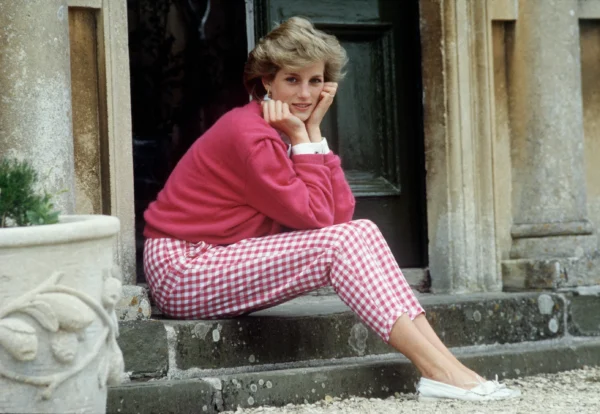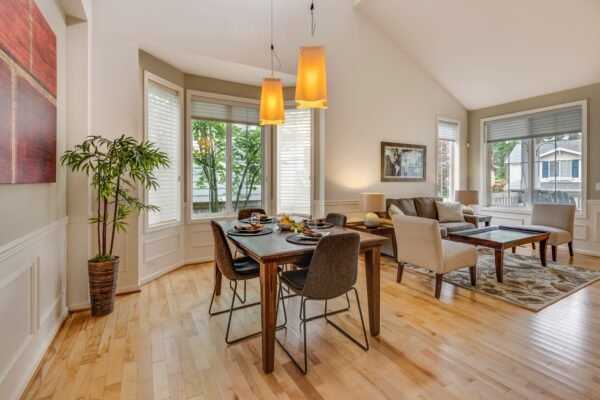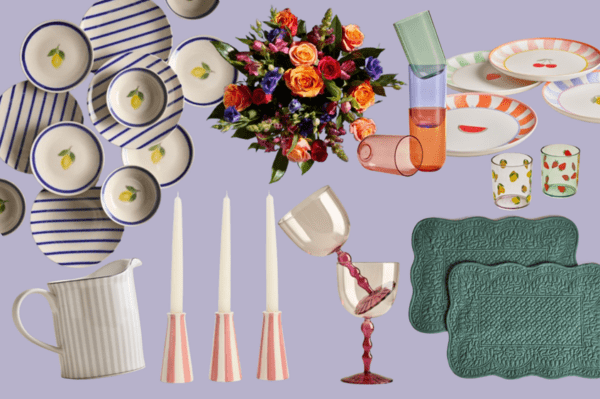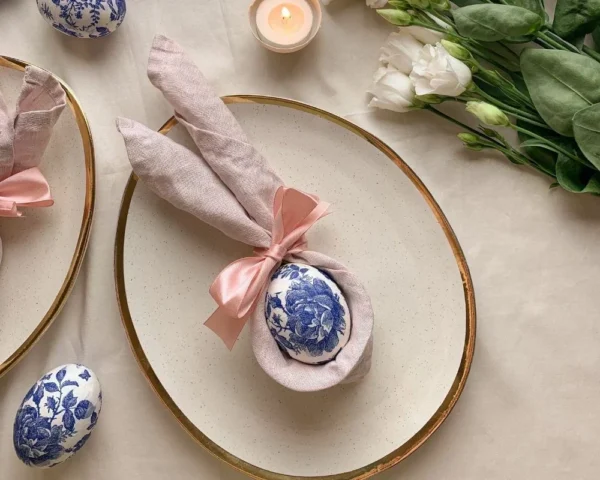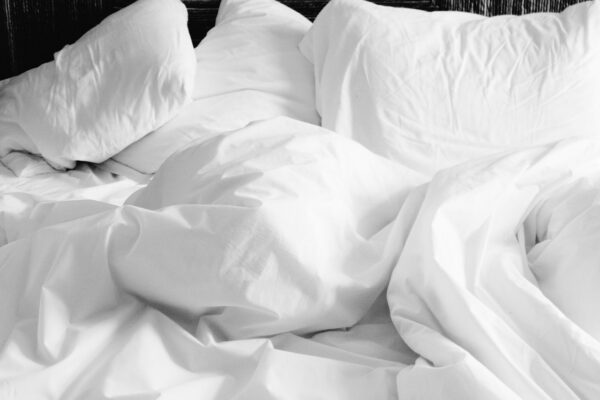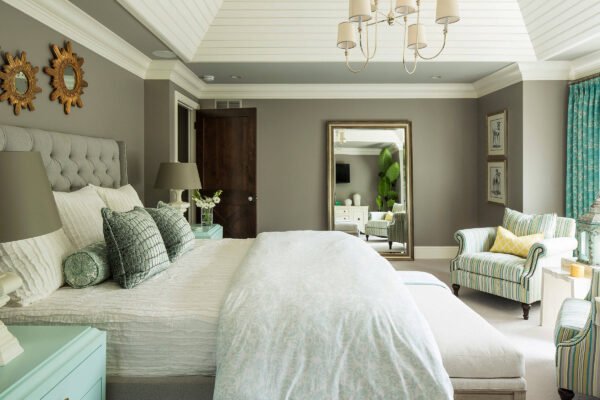
Bedroom Design Tips to Help Improve Your Quality of Sleep

Do you find yourself tossing and turning each night, yearning for a good night’s sleep? Did you know that your bedroom design can hugely affect your quality of sleep? Yes, a well-designed bedroom can very well be your secret weapon in the fight for restful slumber.
Interior design expert Jade Jones at HomeAdviceGuide.com has created this guide for YCB readers on how to design your bedroom to improve your quality of sleep.
This guide explores key design elements that can transform your sleep sanctuary, promoting relaxation and maximising your sleep quality. From bed placement according to Feng Shui principles to the calming power of colour therapy, discover how to create a sleep-inducing haven in your own home.
Place Your Bed in The Correct Position For Feng Shui
Feng shui is an ancient Chinese practice and involves situating items in a certain way in the home to offer a better balance within the natural world. There are many things you can do to incorporate feng shui in your home, but when it comes to your sleep, the most important thing is to ensure your bed is placed in the correct position.
You should aim to position your bed in a place where you have a complete view of the room. However, it should be out of line with the bedroom door. The headboard should be set in the centre of one of the main walls in the room. Your bed should be the main focal point in the room, ideally with space for tables on either side. Ideally, your bed should be facing the door, but not directly in front of it.
Keep The Office Out of Your Bedroom
It’s important to keep anything work-related out of the bedroom if you want to get a restful sleep. Your phone and laptop should be kept in a different room when you go to bed. Electronic devices can lead to distractions – keeping things like a laptop, phone or TV at arm’s reach could lead you to quickly check and email or watch an episode of a TV show as you go to sleep. This isn’t a good idea if you want to ensure you get a restful night’s sleep.
Your bedroom should remain a stress and worry-free zone dedicated to sleep and sleep alone. With this in mind, remove anything that may cause stress or may distract you while you’re trying to go to sleep.
Be Mindful When Choosing Colours
According to colour therapy, there are certain colours that can have a relaxing and calming effect on our mood, and these colours may help us sleep better. So, when you’re choosing the colour scheme for your bedroom, choosing the right shades is essential.
The best colours for your bedroom are blue, white, green, purple, yellow, silver, pink, and orange. Use these colours in light tones in the bedroom. By doing so, you can increase the total amount of sleep each night, making you feel more rested when you wake each morning.
Clear Underneath Your Bed
If you have things stored under your bed, no matter what they are, they should be cleared out. Even if these items are out of sight, they won’t be out of mind. You shouldn’t keep anything underneath your bed.
Sleeping on top of things like clutter, mementoes, or anything else can radiate negative energy, which can cause subconscious anxiety when you’re trying to get to sleep. Any other clutter in the room should also be dealt with. The less cluttered your bedroom is, the better. The key to a good night’s sleep is eliminating distractions.
Replace The Lightbulbs
Artificial lights in the home can mimic natural sunlight. This means that your lights could be disrupting your natural sleep rhythm. If you want to achieve a more successful and restful sleeping pattern, consider replacing all of the bulbs in your bedroom with amber-hue bulbs to reduce the light strain. If you can install dimmer switches on the lights in your bedroom, this could be very beneficial. Dimmer lighting will signal to your brain that it is time for rest.
In addition to changing your bulbs, it’s a good idea to think about how you can make your bedroom darker when you’re sleeping. Consider investing in some blackout blinds or curtains for the bedroom to keep the room as dark as possible.
Choose a Good Quality Mattress
The quality of your mattress can affect your sleep. The quality of a mattress can be subjective since people will feel different levels of comfort on the same mattress. With this in mind, it’s a good idea to test out a mattress before purchasing it. Medium to firm mattresses tend to be the best options as these can help to support the curvature of your spine, resulting in a more comfortable night’s sleep.
If your mattress is quite old, it may be time to start thinking about investing in a new one. A brand-new mattress can make all the difference in ensuring you get to sleep quickly and avoid waking up in pain.
Think About Bedroom Scents
Aromatherapy can help to ensure your bedroom is free of anxiety and stress. Certain scents can also help you to fall asleep quicker. It’s a good idea to invest in some essential oils that can help you feel more restful. Scents such as ylang ylang, lavender, and chamomile are all great options for reducing stress and promoting calmness. Essential oils such as this are known to lower your heart rate, blood pressure, and body temperature, making it easier for you to fall asleep and stay asleep for longer.
Several studies suggest that lavender can help with insomnia and can have very positive effects on the heart and blood pressure. Scents can also form a part of your emotional memory. Certain essential oils, such as those listed above, can be associated with falling asleep and can help your body prepare for bedtime.
So there you have it! By incorporating these design tips into your bedroom, you can cultivate a sleep-conducive environment that promotes relaxation and tranquillity. Remember, your bedroom should be a haven of peace and quiet, designed to lull you into a restful slumber. So, ditch the stress and embrace a good night’s sleep with the power of thoughtful design. Sweet dreams!







